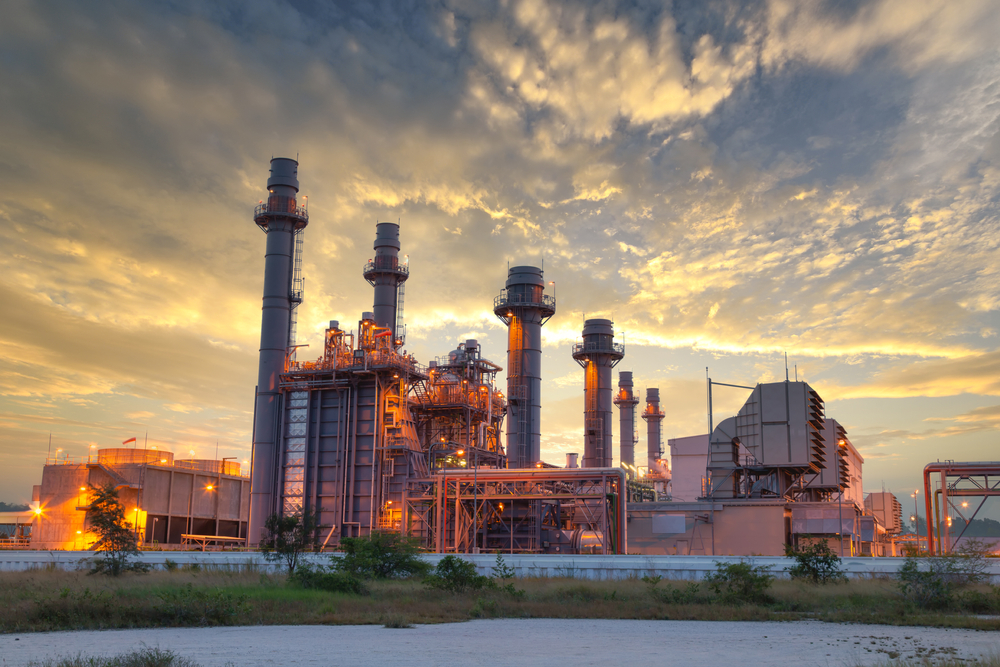 Almost all business leaders expected that the National Budget 2021 in some way or the other will shell out measures in the form of much-needed catalysts for boosting demand, curbing inflation, and thereby reviving the economy. What policies did the Budget 2021 entail to ensure financial recovery and spur economic growth in your sector?
Almost all business leaders expected that the National Budget 2021 in some way or the other will shell out measures in the form of much-needed catalysts for boosting demand, curbing inflation, and thereby reviving the economy. What policies did the Budget 2021 entail to ensure financial recovery and spur economic growth in your sector?
The 2021-22 budget was one of the most anticipated budgets for the automotive industry, as everybody was keenly awaiting announcement on incentives and benefits to aid already struggling automotive and manufacturing sector. Several initiatives announced in the annual budget, such as the commitment of Rs. 1.97 lakh Crore for PLI schemes and guidelines on scrappage policies will have long-term gains for the industry. In particular, the scrappage policy will help in generating demand for new vehicles and also further the cause in curbing vehicle emissions. However, we are looking forward to the details of the policy to be shared by MoRTH in the coming weeks to have more clarity on expectation and policy incentives.
We are in the midst of technology transitions in India and the world. In terms of emission technology, we are already on par with Euro 6 norms, with the introduction of BS-VI. In the near future, we expect more emphasis on sustainable innovations and greener mobility solutions.
Demand for automobiles has picked up post the lockdown, and the recent announcements will surely help. One concern remains though, as we introduce new safety technologies and raise in the customs duty for certain auto parts will further inflate the overall vehicle cost. It would be helpful to have some incentives for OEMs as well as the end consumers.
Going into the next decade, smaller cities and towns are expected to be key consumption drivers. Do you agree with this outlook and if yes then what policy changes should the government make to ensure that organizations can keep rural India at the centre of its growth story?
Without a doubt, India has the potential to become a key nation in both production and consumption. A lot of this potential can be realized in smaller cities, towns, and rural areas. There has also been a focus to develop airports and other transport infrastructure, enhancing connectivity to smaller cities and towns. The current budget has allocated Rs. 40,000 Crore for rural infrastructure compared to an outlay of Rs 30,000 Crore earlier. This indicates that the government is also motivated to unlock the potential stored in these areas.
The government has also announced that budgets for National Highway projects will be to the tune of 8,500 km by March 2022, and completion of an additional 11,000 km of National Highway Corridors. In Assam, the government announced that 1,300 km of National Highways will be built in the coming three years. In West Bengal, ₹25,000 crore has been set aside for 675 km of highway works, including the re-development of Kolkata-Siliguri highway.
Additional cess on gasoline and diesel towards agricultural infrastructure development is a good move without any impact to end consumers by slashing excise duty rates.
From an automotive perspective, a majority of 2-Wheelers and Commercial Vehicles run on the roads of small cities, towns, and villages. In 2020, these were the areas where demand for 2-Wheelers started picking up. Further policies regarding sustainable infrastructure development would be highly welcome with reduction in GST for 2-Wheelers to 18 percent.
The government has been advocating ‘Ease of Doing Business,’ making India ‘AtmaNirbhar’ by promoting ‘Make in India’ initiatives aggressively. What steps should the government think of in order to drive consumption and improve consumer demand?
India’s standing in the World Bank’s Ease of Doing Business (EoDB) Index, has vastly improved since 2014, currently standing at the 63rd position. There is focus on improving this further, as witnessed by various initiatives from the Indian government. The corporate tax is one of the lowest in the world at 25 percent. In the current budget too, the government announced various initiatives such as the proposed tax holiday extension for startups, increasing small companies’ thresholds for paid-up capital from “not exceeding Rs 50 lakh” to “not exceeding Rs. 2 crore to enhance etc. These will further assist startups in their business and in providing an impetus to faster innovation. The PLI scheme will also have a significant role to play here, the commitment of Rs 1.97 lakh is a step in the right direction.
The announced scrappage policy would be a huge driver for improving consumer demand. Offering a one-time incentive to rebate in taxes for replacing vehicles that are greater than 15 and 20 years for commercial vehicles and passenger vehicles respectively and facilitate taking them off the roads. Tightening of scrapping norms for vehicles can support demand creation in the long run and also further the cause in curbing vehicle emissions.
The increase in auto component duties is unexpected while industry is going through testing period as this will increase the cost of ownership impacting sales growth.
SMBs are key to resurging growth for a developing nation such as India. How can corporates and the government work together to provide an opportunity for startups and SMBs to grow in the country?
Startups and SMBs are agile by nature and are important in increasing the pace of innovation. Realizing the importance of their role, the government has launched a series of initiatives to give them a boost. For example – Government to set aside Rs 15,700 crore in FY22 for MSMEs. Further, the government also proposed to reduce margin money requirements from 25 percent to 15 percent for startups.
Apart from government initiatives, corporates also need to take certain steps to promote startups. In order to meet challenges with greater agility and thus sustainably strengthen Continental’s innovative prowess, the company set up the startup organization Co-pace. Co-pace gives entrepreneurs the freedom and resources to grow; accelerates Continental’s agility and innovation.
What kind of economic trends do you foresee for FY22 spread over quarters?
In the recent World Economic Outlook report, the IMF has projected the Indian economy to bounce back strongly in the next fiscal year, with the world’s highest 11.5 percent growth. The automotive industry is showing signs of recovery. Though it is forecasted that the full recovery will take up to four years to get back to the stage as we were in 2019, we are optimistic that the new initiatives announced this week will aid the industry recovery faster.
The ongoing vaccination drive should enable recovery at a faster pace especially in the services sector.



